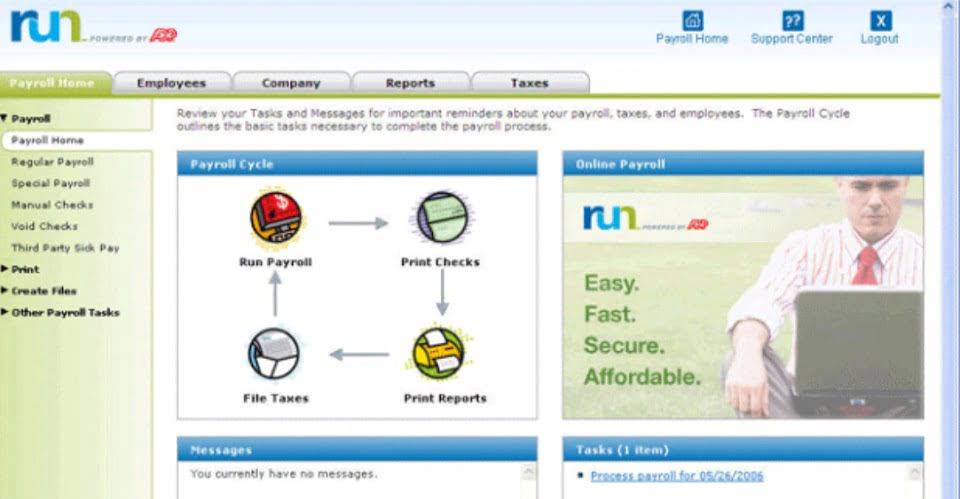What Is Job Costing? When to Use a Costing Sheet Example Included

In job order costing, the company tracks the direct materials, the direct labor, and the manufacturing overhead costs to determine the cost of goods manufactured (COGM). Job costing systems determine manufacturing costs systematically by dividing them in overhead, direct material, and direct labor costs and estimating them at their actual value. Manufacturing firms are using job costing to control the use of raw materials, labor hours and equipment by allocating the cost of each customer order separately. Overhead is the most difficult cost to calculate because you’ll need to rely on an approximation instead of the actual cost.
When an order for a job is received and accepted by the manufacturer, the order, as well as the job, is given a specific number.
Company
For example, paper in books, wood in furniture, plastic in a water tank, and leather in shoes are direct materials. Other, usually lower cost items or supporting material used in the production of in a finished product are called indirect materials. Once a product is sold, it is no longer an asset in the organization’s possession. At that point, the costs to manufacture the product are moved from the Finished Goods inventory asset account to the Cost of Goods Sold account.
Job Costing is the process of determining the labor and materials cost for each job in a systematic way, and then using this information to create a quote for the customer. Job costing or cost accounting can be used in virtually any industry (especially service industry) to ensure that the product pricing covers actual costs, overhead and provides a profit. The purpose of any business is to make money, and job costing is the most effective way to ensure that occurs. In a job costing system, costs may be accumulated either by job or by batch.
Materials Costs
She holds a Masters Degree in Professional Accounting from the University of New South Wales. Her areas of expertise include accounting system and enterprise resource planning implementations, as well as accounting business process improvement and workflow design. Jami has collaborated with clients large and small in the technology, financial, and post-secondary fields. The total cost of a job is ascertained by posting all costs related to that job to the job cost sheet. In a job costing system, each job or work order is of a specific nature. Job costing is a system in which costs are assigned to batches or work orders of production.
- This is especially important when the costs incurred can trigger the issuance of change orders to customers, thereby increasing your billings and profits.
- Many organizations have multiple departments or processes that consume different amounts of manufacturing overhead resources at different rates.
- Costing methods determine costs, while cost accounting is an analysis of the different types of costs a company incurs.
- In other words, the job to be undertaken is on the basis of strict guidelines.
- For both consulting and law firms, it makes sense to compile costs through a job costing system, since this makes it easier to justify billings to clients.
Instead, businesses like these use process costing, which means they break down expenses by process. If your bakery produces the same type and amount of croissants every morning or your furniture company sells only premade chairs instead of custom orders, use process costing, not job costing. You tailor your estimates to every job based on how long the project will job costing definition take and what you’re building. Additionally, if the actual cost changes by the end of the job, a clear job costing breakdown can help you explain to the customer why the final cost varied. As business became more complex and began producing a greater variety of products, the use of cost accounting to make decisions to maximize profitability came into question.
